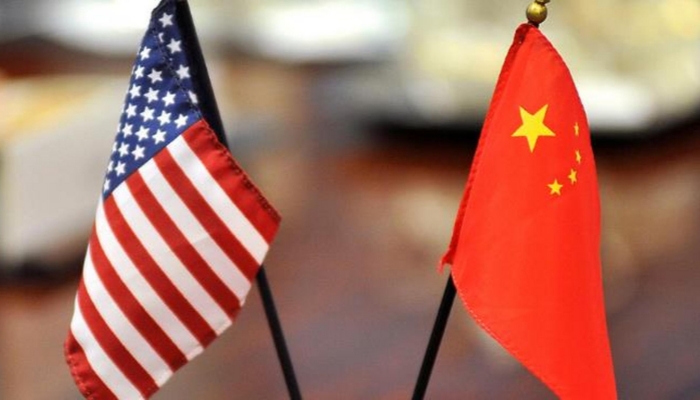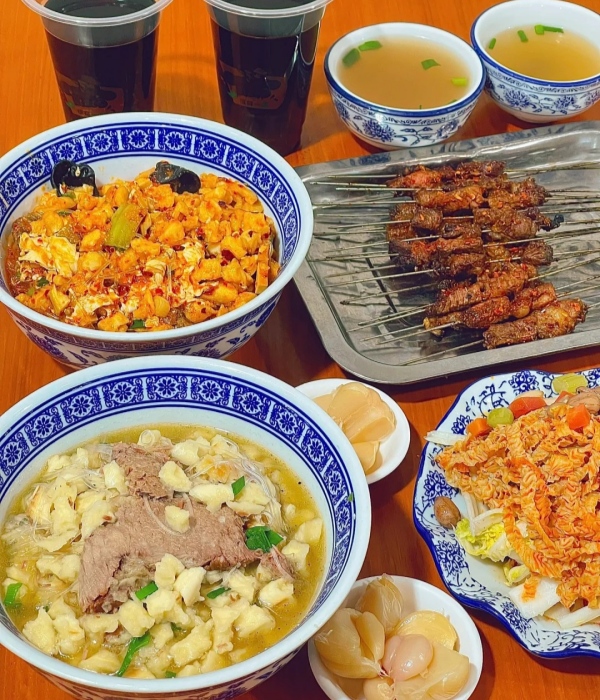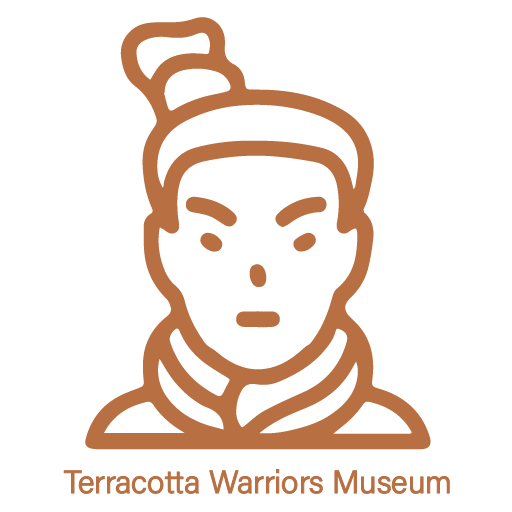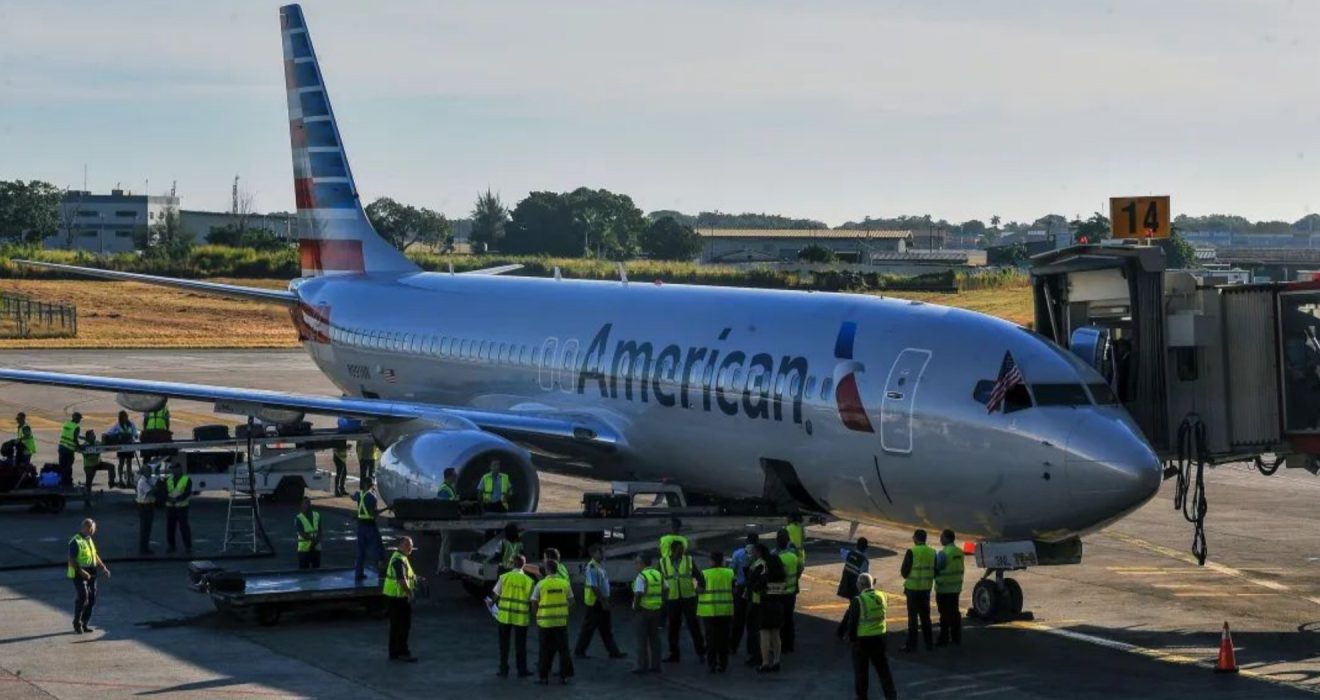Travel from USA to China | Visit the Terracotta Army | Ultimate Guide
Traveling from the USA to China to visit Terracotta Army in Xi’an is an enriching experience that combines the excitement of international travel with the awe-inspiring exploration of one of history’s greatest archaeological discoveries. By meticulously planning your trip, understanding the best times to visit, and utilizing efficient transportation methods, you can ensure a memorable and seamless journey. Embrace the rich cultural heritage of Xi’an, indulge in its unique culinary offerings, and immerse yourself in the ancient stories preserved within the Terracotta Army. With the right preparation, your adventure to Xi’an will be a rewarding tapestry of history, culture, and unforgettable memories.
Pre-trip Key Facts
- Comprehensive Planning: From securing visas to booking flights, thorough preparation ensures a smooth trip.
- Optimal Visit Timing: Visiting during spring or autumn helps you avoid extreme weather and large crowds.
- Effective Transportation: Utilize a mix of public transport and guided tours to efficiently navigate Xi’an and reach the Terracotta Army.

Planning Your Trip
Booking Your Flight to China
Securing the right flight is crucial for your journey from the USA to Xi’an. Major US cities like Los Angeles, San Francisco, and New York offer direct or one-stop flights to Xi’an Xianyang International Airport (XIY). Airlines such as China Eastern, United Airlines, and Delta frequently service this route. Prices vary significantly depending on the season, with August being the most affordable month to fly, and June and December being the peak times for higher fares.

China Visa Requirements for US Citizens
US citizens traveling to China require a valid visa. Begin the application process well in advance, typically several weeks before your intended departure date. You will need a passport valid for at least six months beyond your planned stay, a completed visa application form, passport-sized photos, and possibly additional documentation depending on your travel plans. It’s advisable to check the latest visa policies on the Chinese embassy’s website or consult with a travel agency specialized in Chinese visas.
Best Time to Visit Terracotta Army in China
Xi’an experiences a temperate climate with four distinct seasons. The most pleasant times to visit are during spring (March to May) and autumn (September to October) when temperatures are mild and rainfall is minimal. Traveling during these seasons not only provides comfortable weather for sightseeing but also allows you to avoid the extreme heat of summer and the cold of winter. Additionally, visiting during weekdays rather than weekends or national holidays can help you dodge the largest crowds.
Packing and Preparation
Preparing for your trip involves more than just packing clothes. Given Xi’an’s monsoon climate, it’s essential to bring appropriate attire for the season. Comfortable walking shoes are a must, especially for extensive tours at the Terracotta Army site. Additionally, consider the significant time difference between the USA and China, which can lead to jet lag. Packing items like travel adapters, power banks, and any necessary medications will ensure a hassle-free journey.
Arriving in Xi’an
Xi’an Airport to Terracotta Army | Transportation
Upon arrival at Xi’an Xianyang International Airport (XIY), travelers have several options to reach downtown Xi’an, or directly from Xi’an Airport to Terracotta Warriors. Proper taxis are readily available and provide a convenient. Booking a reliable transfer would be more expensive, but best option. Alternatively, the airport offers shuttle buses that connect to key locations within the city, providing a cost-effective solution. For those who prefer a more modern mode of transport, the airport express train links the airport to the city’s metro system, facilitating easy access to various tourist spots.

Getting Around Xi’an
Xi’an boasts a well-developed public transportation network, including buses and a metro system that covers most tourist attractions. The metro is particularly efficient, with lines that intersect near major landmarks like the Ancient City Wall and the Big Wild Goose Pagoda. For added convenience, taxis and ride-sharing services like Didi are widely available, especially useful for travelers who are not fluent in Chinese. Cycling is also a popular way to explore the city, with rental services available near major attractions.
Getting to the Terracotta Army
The Terracotta Army is situated approximately 40 kilometers northeast of Xi’an’s city center in the Lintong District. Visitors can reach the site via several transportation methods:
- Guided Tours: These are the most convenient option, often including round-trip transportation, an English-speaking guide, and sometimes additional stops at other attractions.
- Public Buses: Several bus routes connect downtown Xi’an to the Terracotta Army, with buses like route 5 (306) being a popular choice. The journey typically takes 1 to 1.5 hours and costs around 7 to 10 yuan.
- Taxis/Ride-Sharing: A faster but more expensive option, taxis can get you to the site in approximately 45 minutes to an hour at a cost of 150 to 200 yuan. It is recommended to book a reliable private transfer to avoid any risk of taxi scams.

Terracotta Army Tickets and Tours
Entrance ticket to the Terracotta Army Museum is 120 CNY (approximately $17 USD). It’s highly recommended to purchase tickets online in advance, especially during peak seasons in China, to avoid long queues and ensure availability. Guided tours can enhance your visit by providing historical context and detailed explanations of the exhibits. Options range from standard group tours to private guided experiences, catering to different preferences and budgets.
What to See at Terracotta Army
The exhibitions of Terracotta Army comprises three main pits, each offering a unique glimpse into ancient Chinese military prowess:
Pit 1: The largest pit, featuring over 6,000 life-sized warriors, horses, and chariots arranged in battle formation. This pit is the most impressive and should not be rushed.
Pit 2: Home to four different military units, including kneeling archers and high-ranking officers. The detailed artistry of each figure is remarkable.
Pit 3: Serving as the command center, this pit contains fewer but more intricately crafted figures, providing insight into the military strategies of the Qin Dynasty.
Additionally, the Mausoleum of the First Qin Emperor adjacent to the museum offers further exploration into the emperor’s legacy, complete with historical relics and a picturesque park area.

Visitor Tips for Terracotta Army
- Arrive Early: You can choose the proper time to visit the Terracotta Warriors for a great experience. For example, visiting early in the morning can help you avoid the largest crowds and enjoy a more serene experience.
- Hire a Guide: A knowledgeable guide can provide valuable insights and answer questions, enhancing your understanding of the site.
- Comfortable Footwear: The extensive grounds require a good amount of walking, so wear comfortable shoes.
- Stay Hydrated: Bring water, especially during the warmer months, to stay hydrated while exploring.
Exploring Xi’an Beyond the Terracotta Army
Ancient City Wall
The Ancient City Wall of Xi’an is one of the best-preserved city walls in China. Visitors can rent bicycles to ride along the top of the wall, offering panoramic views of the city. Walking or cycling the wall provides a unique perspective on Xi’an’s historical significance and modern development.
Big Wild Goose Pagoda
This significant Buddhist site is not only a place of worship but also a beautiful garden area perfect for leisurely strolls. The pagoda itself is an architectural marvel, representing the cultural exchange between China and other civilizations.
Muslim Quarter
The Muslim Quarter is renowned for its vibrant street food scene and bustling markets. Here, you can sample local delicacies such as roujiamo (Chinese hamburger) and biangbiang noodles, as well as shop for souvenirs and traditional crafts.
Shaanxi History Museum
For a deeper dive into Xi’an’s rich history, the Shaanxi History Museum offers extensive exhibits on artifacts from various dynasties. It’s an excellent place to expand your knowledge about the region’s cultural and historical developments.
Where to Stay in Xi’an: Accommodation and Dining in Xi’an
Xi’an offers a wide range of accommodations to suit different budgets, from budget-friendly hostels to luxurious hotels. Staying near the city center or within proximity to major attractions like the Ancient City Wall or the Muslim Quarter ensures easy access to transportation and sightseeing spots.
Dining in Xi’an | What to Eat
Xi’an is a gastronomic delight, particularly famous for its street food. Must-try local dishes include:
- Roujiamo: Often referred to as the Chinese hamburger, it consists of minced meat stuffed in a crispy flatbread.
- Biangbiang Noodles: Thick, hand-pulled noodles served with a variety of toppings and sauces.
- Yangrou Paomo: A hearty soup made with shredded flatbread and lamb, perfect for the cooler months.
- Exploring the Muslim Quarter is highly recommended for an authentic culinary experience, offering a wide array of flavors and textures unique to Xi’an.

Tips of Etiquette and Culture
Respecting local customs and traditions enhances your travel experience. Simple gestures like greeting with “Ni hao” (hello) and being polite can go a long way. When dining, it’s customary to share communal dishes rather than ordering individual portions.
Language Tips in Xi’an
While English is becoming more prevalent in tourist areas, many locals, especially in less touristy districts, may not speak English fluently. Learning a few basic Mandarin phrases or using a translation app can facilitate smoother interactions and enrich your experience.
Safety and Health in Xi’an, China
Xi’an is generally a safe city for travelers. However, it’s advisable to remain vigilant against petty theft in crowded areas. Carrying a copy of your passport and keeping valuables secure is recommended. Additionally, ensure you have travel insurance that covers medical emergencies and unforeseen circumstances.
Budget Considerations Estimated Costs
Traveling to Xi’an involves various expenses, which can be managed with proper budgeting. Here’s an approximate breakdown:
- Flights: $1,293 (average round-trip in August)
- Accommodation: $50-$200 per night depending on your preference
- Entrance Fees: Approximately $17 for the Terracotta Army Museum
- Local Transportation: $5-$20 per day depending on usage
- Food: $20-$50 per day
Saving Tips | Travel to China
To manage your budget effectively, consider booking flights and accommodations well in advance to secure lower rates. Utilizing public transportation instead of taxis can significantly reduce daily expenses. Additionally, exploring street food options rather than dining in restaurants can help keep food costs low while offering authentic culinary experiences.


